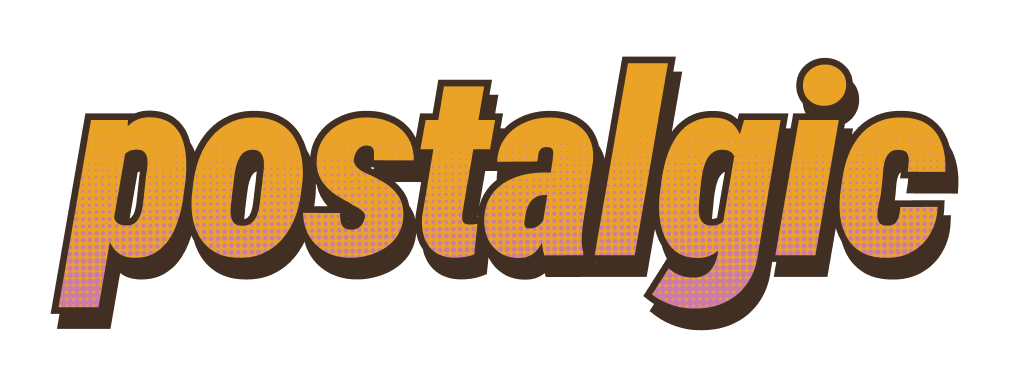Postalgic uses the Mustache templating engine to generate your static blog sites. This powerful yet simple system allows you to customize every aspect of your blog's appearance and layout while maintaining the clean, fast performance of static sites.
How Templates Work
When you publish your blog, Postalgic takes your posts and blog settings, combines them with your chosen theme's templates, and generates a complete static website. The templates define how your content is structured and styled.
Mustache templates provide the structure, while your posts and settings provide the data.
Template Types
Postalgic includes several template types, each serving a specific purpose:
| Template | Purpose |
|---|---|
layout |
Main page wrapper with HTML structure |
index |
Homepage listing your recent posts |
post |
Individual post pages and post list items |
archives |
Archives index page |
monthly-archive |
Monthly archive pages |
tags |
Tag index page |
tag |
Individual tag pages |
categories |
Category index page |
category |
Individual category pages |
css |
Stylesheet template |
rss |
RSS feed template |
Template Variables
Templates use variables to insert your blog's content and settings. Variables are enclosed in double curly braces like {{blogName}}.
Blog Information Variables
{{blogName}}- Your blog's title{{blogUrl}}- Your blog's URL{{blogTagline}}- Your blog's subtitle{{blogAuthor}}- Author name{{blogAuthorUrl}}- Author website URL{{currentYear}}- Current year{{buildDate}}- When the site was generated
Color & Style Variables
{{accentColor}}- Your theme's accent color{{backgroundColor}}- Background color{{textColor}}- Text color{{lightShade}}- Light shade color{{mediumShade}}- Medium shade color{{darkShade}}- Dark shade color
Post Variables
{{displayTitle}}- Post title or preview text{{contentHtml}}- Post content as HTML{{formattedDate}}- Human-readable post date{{urlPath}}- Post URL path{{hasTitle}}- Whether post has a title{{tags}}- Array of post tags{{categoryName}}- Post category
Mustache Syntax Basics
Simple Variables
Display a variable's value:
<h1>{{blogName}}</h1>Conditionals
Show content only if a variable exists or is true:
{{#hasTitle}}
<h2>{{displayTitle}}</h2>
{{/hasTitle}}
{{^hasTitle}}
<div class="no-title">{{contentHtml}}</div>
{{/hasTitle}}{{#variable}} for "if exists" and {{^variable}} for "if not exists".
Loops
Repeat content for each item in an array:
{{#posts}}
<article>
<h2>{{displayTitle}}</h2>
<div>{{contentHtml}}</div>
</article>
{{/posts}}Partials
Include one template inside another:
{{#posts}}
{{> post}}
{{/posts}}Customizing Your Theme
Using the Built-in Theme Editor
- Open the Postalgic iOS app
- Go to your blog's settings
- Navigate to Themes
- Duplicate the default theme to create a custom version
- Edit individual template files using the built-in editor
- Apply your custom theme to your blog
CSS Customization
The CSS template uses CSS custom properties for easy theming:
:root {
--accent-color: {{accentColor}};
--background-color: {{backgroundColor}};
--text-color: {{textColor}};
}For extensive CSS customization, try this workflow:
- Generate your site as a Zip file from Postalgic's publish screen
- Share the zip to your computer and extract it
- Open the folder in VS Code with an HTML preview extension
- Edit the CSS file while viewing changes in real-time
- Copy your finalized CSS back to the Postalgic theme editor
This approach lets you iterate quickly with live preview and syntax highlighting!
Example: Custom Post Layout
Here's how you might customize the post template:
<article class="post">
{{#hasTitle}}
<h1 class="post-title">{{displayTitle}}</h1>
{{/hasTitle}}
<div class="post-meta">
<time>{{formattedDate}}</time>
{{#hasCategory}}
in <a href="{{categoryUrlPath}}">{{categoryName}}</a>
{{/hasCategory}}
</div>
<div class="post-content">
{{contentHtml}}
</div>
{{#hasTags}}
<div class="post-tags">
{{#tags}}
<a href="{{urlPath}}" class="tag">{{name}}</a>
{{/tags}}
</div>
{{/hasTags}}
</article>Advanced Features
Responsive Design
The default theme includes mobile-friendly responsive design. You can customize breakpoints and mobile layouts in the CSS template.
SEO Integration
Templates automatically generate SEO-friendly elements:
- Meta descriptions and Open Graph tags
- Twitter Card metadata
- Structured sitemap.xml
- RSS 2.0 compliant feeds
Embed Support
Templates handle embedded content automatically:
- YouTube videos with responsive iframes
- Link previews with metadata
- Image galleries with lightbox functionality
Tips for Template Customization
- Start with small changes to the default theme
- Test your changes by generating a preview site
- Keep your templates simple and maintainable
- Use semantic HTML for better accessibility
- Optimize for fast loading on mobile devices
Remember that Postalgic generates static sites, so your templates should focus on clean HTML, CSS, and minimal JavaScript. The simpler your templates, the faster your site will load for your readers.
